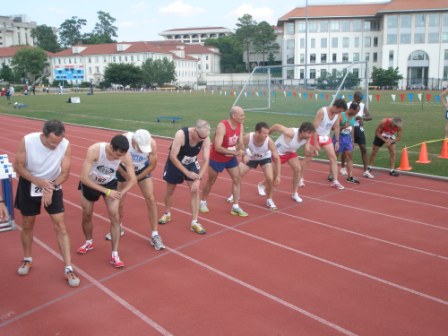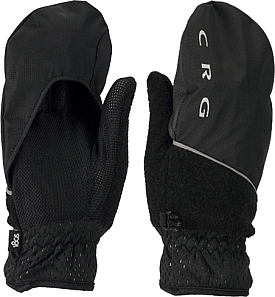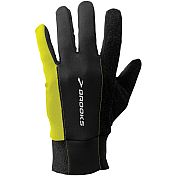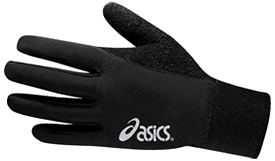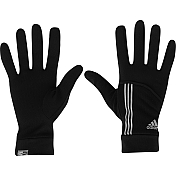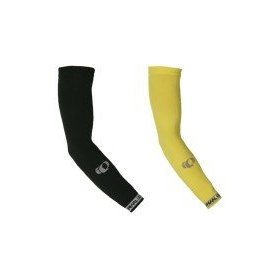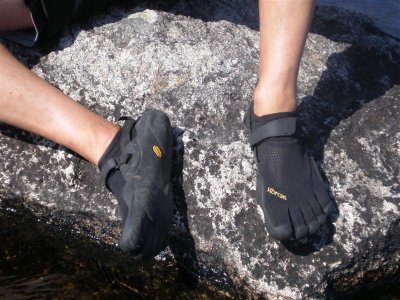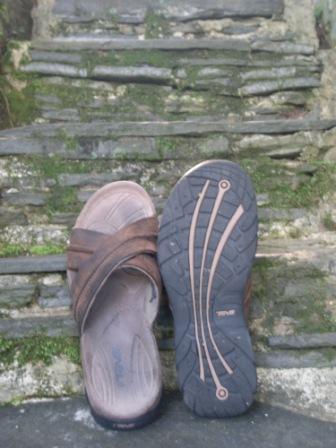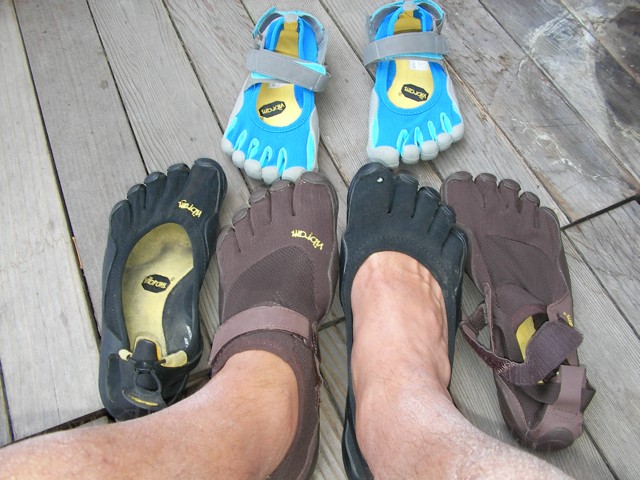Cold weather running can be a motivation killer, but it doesn’t have to be. Here are some tips to keep you warmer and more motivated for your training schedule during the winter months:
Run Intervals or Hills: Running intervals or hills is a great work out which often amounts to less time in the elements than longer distance runs. Less time exposed to the weather keeps you warmer and healthier. However, running intervals or doing hill work-outs when it is cold outside can be very dangerous. It is important to stretch properly before running when it is cold to avoid cramping. Also, make sure to run a longer warm-up. The colder it is the longer your body needs to warm up.
Dress in Layers: Wearing layers of clothing helps because it keeps moisture from building up close to your body. When you sweat, the moisture is captured by the under layers of clothing; however, your outer layers stay dry, thus keeping your overall body temperature warm. Try dressing in a running jacket that is made of wicking material which “wicks” moisture away from your body. Dress in enough layers so it feels a slight bit cold when you first step outside. This way, when your body heats up, you will be dressed appropriately.
Dress Flexible: This does not mean dressing in clothing that gives you more freedom of movement, but rather flexibility to be able to adjust your clothing levels during your run. Wearing clothing in layers is one way to do this because you can take off certain items during your run. Gloves and hats are perfect for flexible running gear because they are easy to take off without losing a step in your stride. They are also easily stored in a jacket or pants pockets. Always wear a lot of running clothes with zippers not only so you can store running gear, but also so you can adjust your core body clothing coverage during your run.
Cover Extremities: When running, the body re-directs blood flow to more essential organs, leaving runners’ extremities to become colder than the rest of their body. It is important to wear warm running gloves, running socks, and running hats to cover the areas of your body that receive less blood flow.
Exercise Inside: There are many exercises that you can do inside a gym to help you cross train when it is too cold outside. Sometimes, depending on training schedule, severity of the weather, and overall health, it is smarter to train indoors than to run in cold weather outside. Use your indoor work-out day to focus on other areas of your body that may be neglected by simply running, like your core area, to increase your overall running fitness.
Wind: If the windchill is high then wind will penetrate your clothing. Running increases the wind around your body, so runners should run in clothes that “break” wind and do not allow it to penetrate the clothing. Another technique is to run into the wind at the beginning of a run, then run the second half with the wind to your back. This will keep your body from the wind when it is the most sweaty and wet.
Running in the winter can be difficult but it doesn’t have to be. Make sure when running in cold weather that you take extra time to stretch your muscles which will be tighter than normal. Dress in layers, but do not overdress, which can cause you to sweat more, which will make you colder and can very easily lead to dehydration in cold weather.

